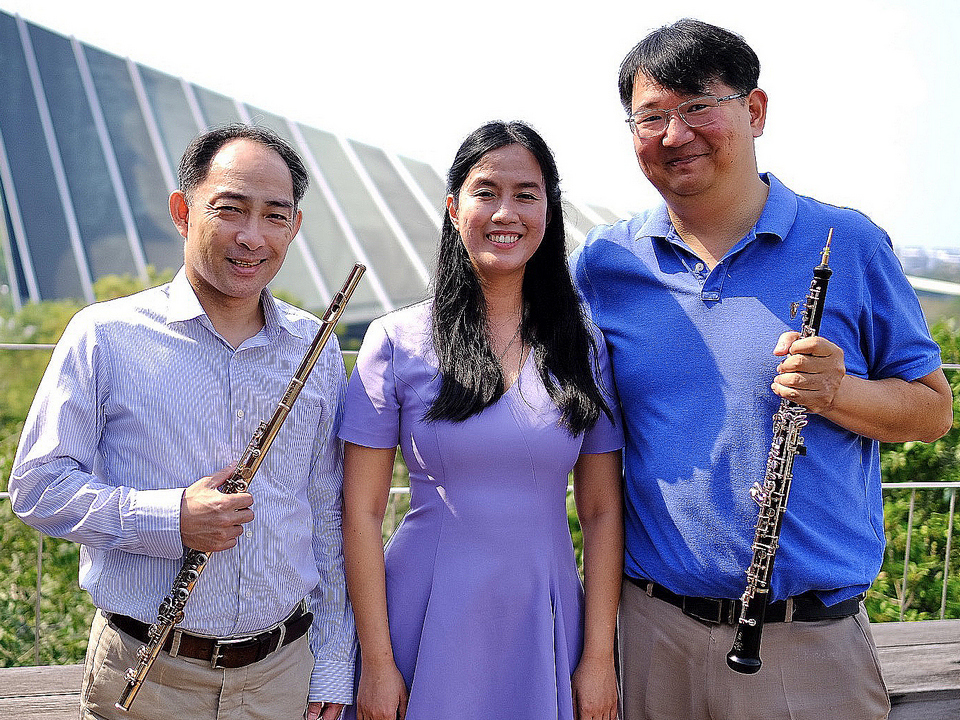
Have you ever had that experience of feeling that you are going to cry when you hear a particular piece of music? Somehow, the sounds resonate with your deepest feelings and produce powerful emotions. It is as if the music touches your soul, the “soul” meaning your inner self, your “sense of being”. If you find yourself on the verge of weeping when you hear a piece of music, you are not alone. It is more common that we might think. As a young teenager, I could never understand why my tears would flow copiously during the slow movement of Rachmaninoff’s Second Piano Concerto. They still do. The magic occurs near the beginning of the movement (bar 13 to be exact) when the clarinet enters with a heart-breakingly beautiful melody – it uses only four notes – but the intensity is overwhelming and invariably brings tears. The emotional effect is even more compelling when the same melody is taken up by the strings a little later. And here’s a strange thing; I just looked at the score of the concerto and even hearing the music “internally”, I had exactly the same emotional reaction.
As a boy, I often used to wonder why these four notes triggered such a strong uncontrollable emotion. Later, I realised that it wasn’t simply the four notes, but everything that surrounded them; the dreamy, reflective mood of the piece, the rich sonorities of the instruments and the internal emotional power of the music. The quality of the performance contributed too. I used to have the now legendary 1959 recording by the great Russian pianist Sviatoslav Richter with the Warsaw Philharmonic Orchestra.
Some time ago, Psychology Today magazine carried an article by neuroscientist Dr Douglas Fields who described a project at the University of North Carolina. The researchers surveyed nearly nine hundred adults to determine how many had felt like crying while hearing certain music. They discovered that almost 90 percent admitted to being moved to tears. Alistair Jennings (writing for Inside Science) claims that “music is a language. The language of emotion…Music has structure, progression and syntax, just like language. The brain even processes musical syntax using the same area it uses to process language syntax. Music is exceptionally good at provoking emotion – far more than language.”
All this came to mind at a recent concert at Ben’s Theater given by The Harmoniux Trio, which features three distinguished musicians: Cooper Wright (oboe), Hiroshi Matsushima (flute) and Rasikamon Siyapong (piano).
One of the works they played was the Trio for Flute, Oboe and Piano by the English composer Madeleine Dring. You may not recognise the name because although a prolific composer, she generally avoided large-scale works and preferred small ensembles. The trio contains some charming music, some of it rather English in style yet with a French influence.
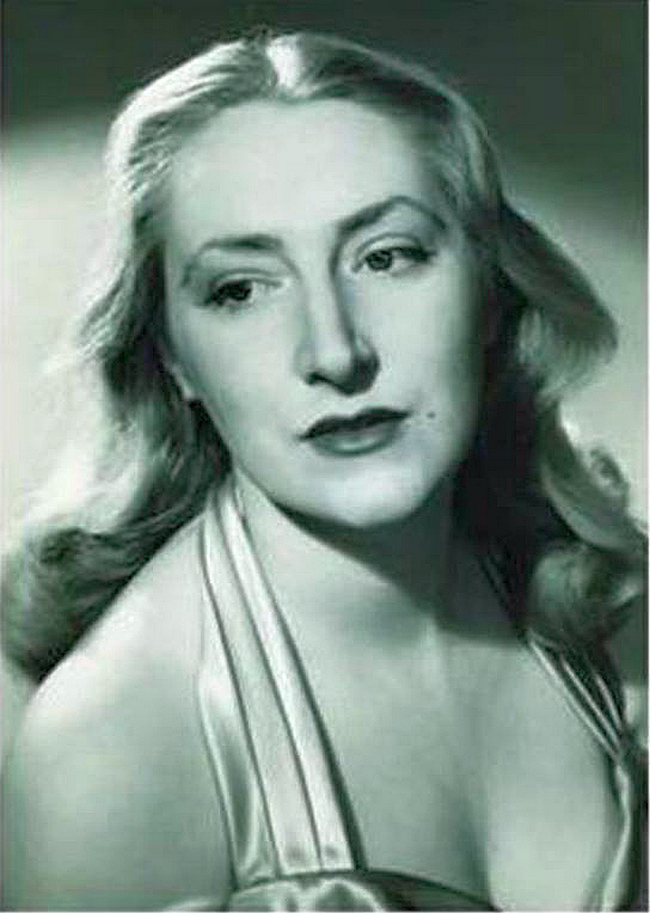
The pastoral slow movement, like the Rachmaninoff concerto, has one of those evocative simple melodies. It’s a fragile melody, first heard on the oboe then on the flute, accompanied by gentle undulating chords of the piano and has some expressive changes of key. But the melody triggers strong emotions and several people in the audience sniffled. Melody had worked its curious magic again.
Of course, the quality of the performance is also responsible. The performance by The Harmoniux Trio was exemplary, with sensitive and thoughtful piano playing throughout and superb woodwind performances from Cooper and Hiroshi. Indeed, Hiroshi plays with a remarkably fluid tone quality and the sound is especially suitable to chamber music.
The concert began with the Trio Sonata for Flute, Oboe and Continuo by Georg Philipp Telemann, first published in 1733. These days, Telemann is a rather under-rated composer but during his lifetime he was one of Germany’s top musicians and wrote more than 3,000 works.
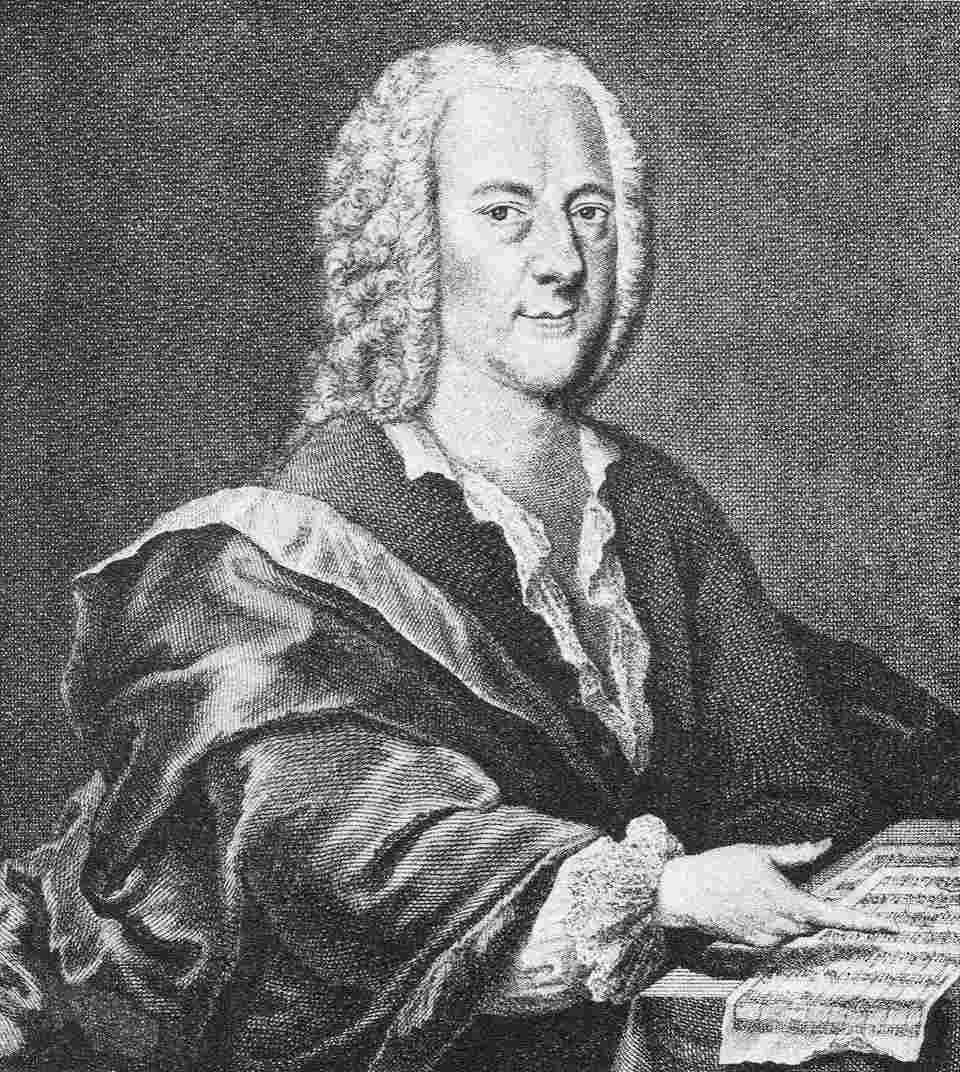
The trio sonata was a popular form during the Baroque and usually written for two melody instruments (such as two violins) supported by a “continuo” which consisted of a bass part played by a cello, while a keyboard player filled in the harmonies. The Harmoniux Trio gave an excellent account of the work and I especially enjoyed the tight ensemble playing, the sense of phrase and particularly the lively and spirited last movement. There were some lovely moments in the penultimate movement too. Not only was ensemble playing secure and confident, but I also enjoyed the excellent solo passages. Not surprising really, for these are competent and experienced professional musicians.
Cooper Wright is no stranger to Ben’s Theater where he has given many memorable performances. Until recently, he was Principal Oboist of the Thailand Philharmonic Orchestra and has been a featured soloist. He has also performed in the USA and Myanmar. Cooper completed his Bachelor of Music at Michigan State University, his Master degree at the University of Oregon, and will shortly complete his Doctorate at Arizona State University.
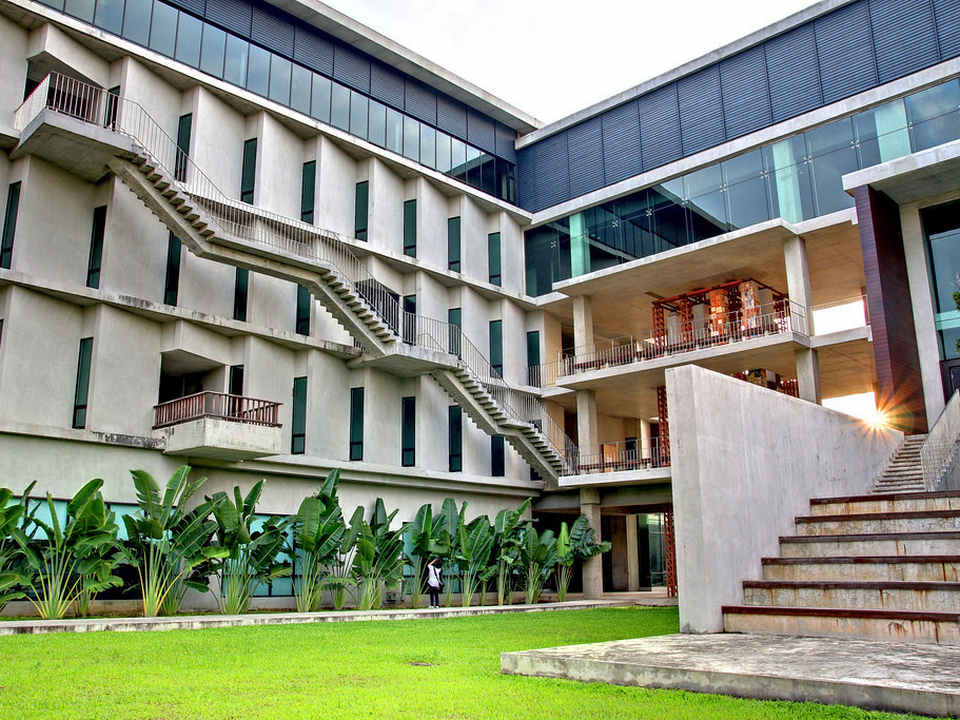
Flautist Hiroshi Matsushima currently serves as Chair of the Woodwind Department at Mahidol University College of Music and is Associate Principal Flute with the Thailand Philharmonic Orchestra. He has also served as an adjudicator of competitions and participated in youth orchestra programs, taught masterclasses in Thailand and Italy and was the organizer of a flute festival in Bangkok.
Pianist Rasikamon Siyapong has performed with vocalists and instrumentalists throughout Europe and Asia. She rejoined the Faculty of Mahidol University in 2019 and serves as a collaborative pianist there. She is a regular performer at many festivals and competitions and has performed in European cities such as Munich, Graz, Vienna, Salzburg and Athens. She completed her Master’s Degree at the University of Music and Performing Arts in Graz, Austria.
The second half of the concert opened with another trio sonata, the Trio Sonata in A minor by Carl Philipp Emanuel Bach, one of J S Bach’s composer sons. In a conversation with the Viennese aristocrat Gottfried van Swieten, Mozart once famously remarked “Bach is the father. We are the children!” Surprisingly, Mozart was not referring to the revered Johann Sebastian Bach, but to Carl Philipp Emanuel who, during the 18th century was better known than his illustrious father.
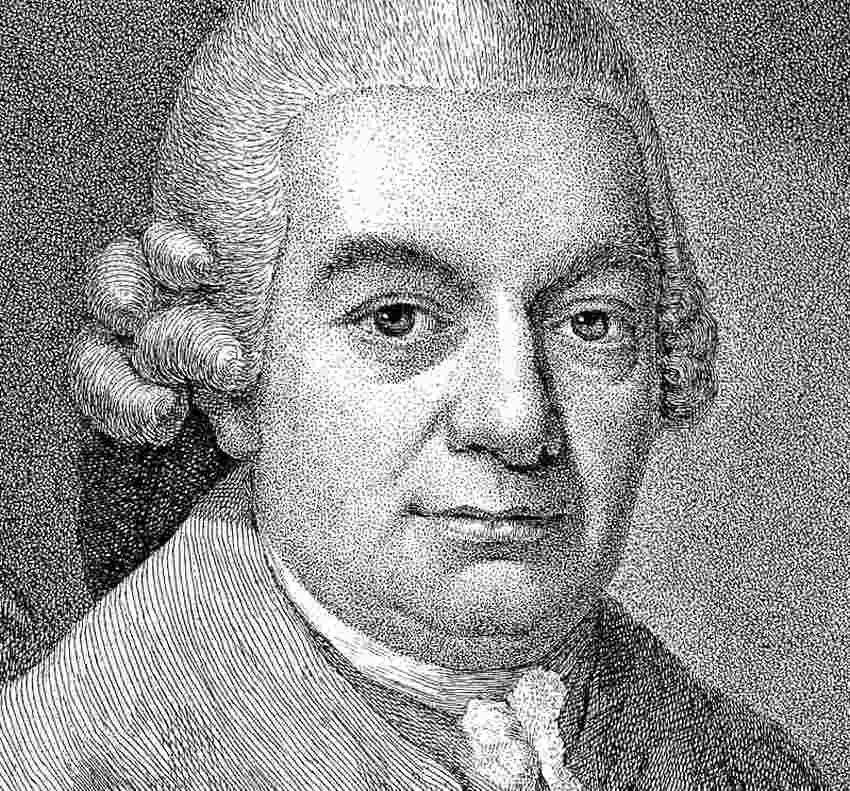
This trio sonata is strikingly different to that of Telemann and the style looks forward rather than back. Much of the music seems to anticipate the lighter style galante which was fashionable throughout Europe from the 1720s to the 1770s. This style placed an emphasis on simplicity, appeal and elegance. As a result, the music often sounds more classical than baroque and falls somewhere between the two, especially in the sprightly last movement. The Harmoniux Trio gave a superb performance of the work with an excellent sense of ensemble. I was particularly impressed by the sensitive woodwind phrasing from Cooper and Hiroshi.
The programme was particularly well chosen, because it featured the music of two baroque composers and two 20th century women composers. Cooper explained that he saw the theme of “legacy” in the programme. Telemann was a friend of J. S. Bach and became godfather to C P E Bach, whose music shows some characteristics that can be traced back to Telemann. Cooper also sees an influence of Madeleine Dring’s music on that of Alyssa Morris who composed the last piece of the concert, a trio for flute, oboe and piano entitled Coping. The trio was composed in 2018 and was dedicated to sufferers of anxiety and depression. Dr Morris is an oboist and composer and her chamber music is performed world-wide. She is evidently an admirer of Madeleine Dring’s music.
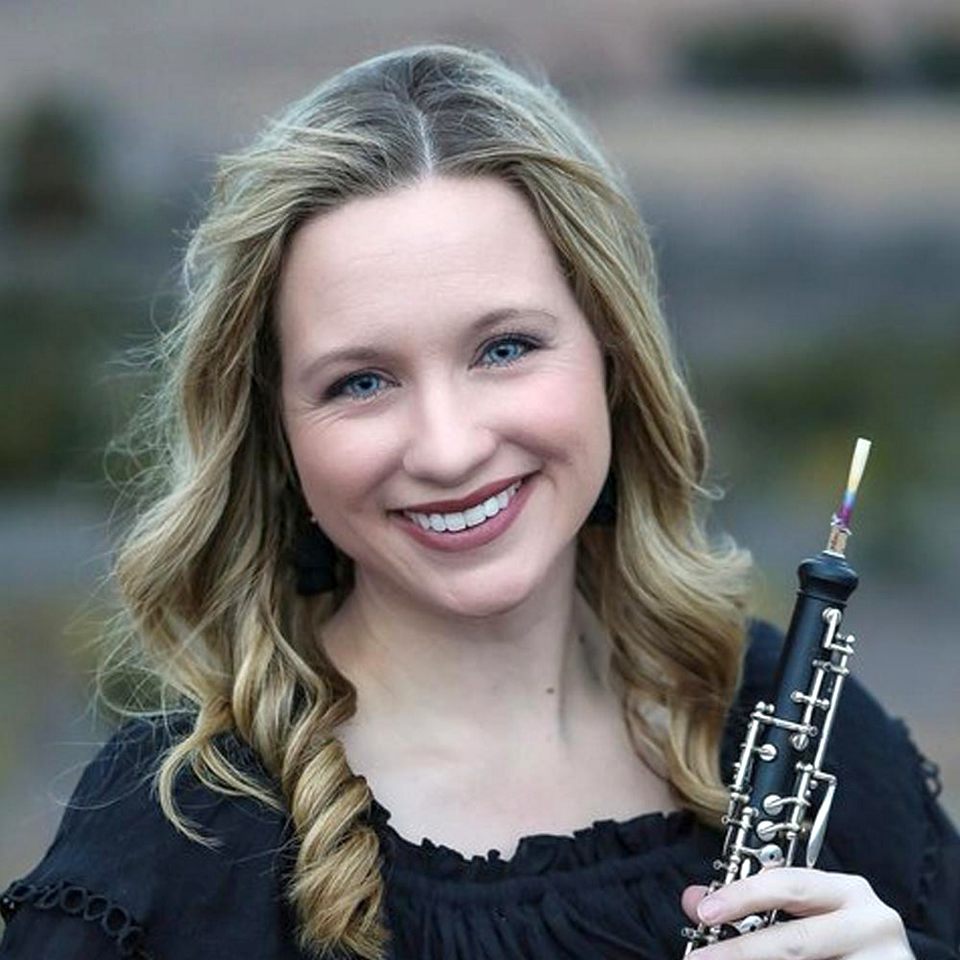
And yes, it shows. This trio is an enchanting and thoughtful work. The first movement opens with anxious woodwind flourishes over the repeated note “A” on the piano changing into a more lyrical mood and gradually becoming more light-hearted and jovial with repeated scalic passage from the woodwind. Then it returns to the flourishes over a plaintive repeated “A” giving the movement a pleasing sense of shape. Like the magical Dring slow movement, the Morris slow, wistful second movement was another highlight of the evening. With a haunting folk-like melody, the movement revealed some superb woodwind playing and a splendid performance from pianist Rasikamon Siyapong. The intensity gradually builds to a triumphant statement of the melody before returning to the tranquil mood of the start. The last movement is a joyful, positive movement full of hope and light. Suddenly the music becomes more thoughtful and ends quietly and reflectively. This is a splendid work and it was brilliantly performed by The Harmoniux Trio and much appreciated by the enthusiastic audience.








